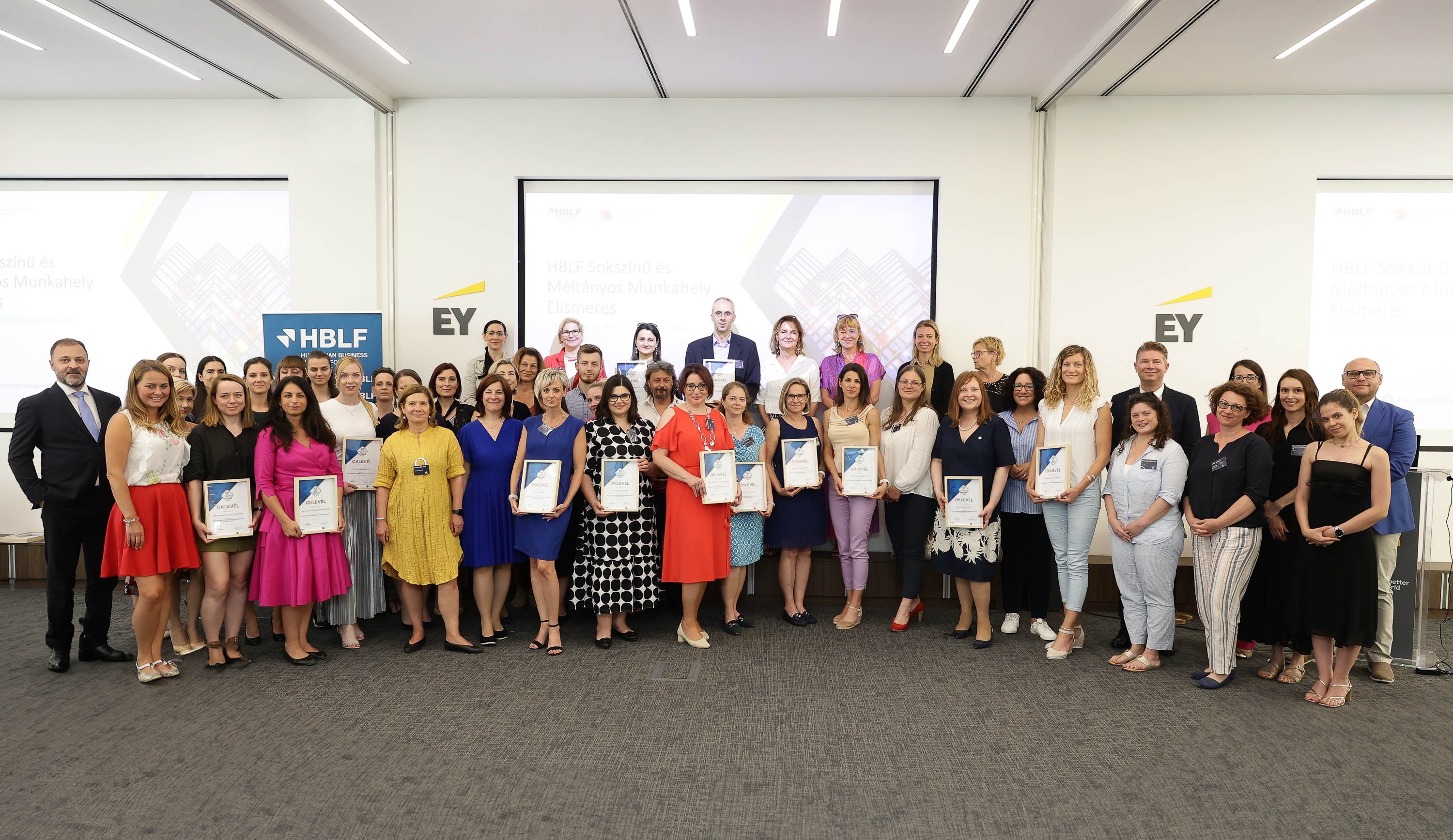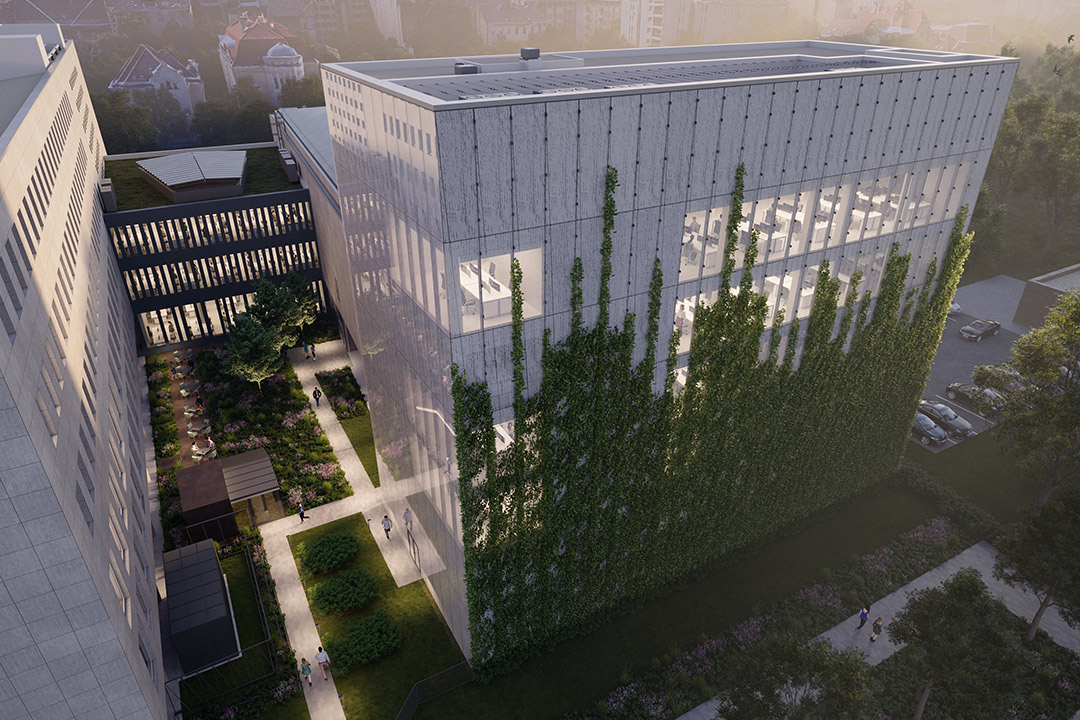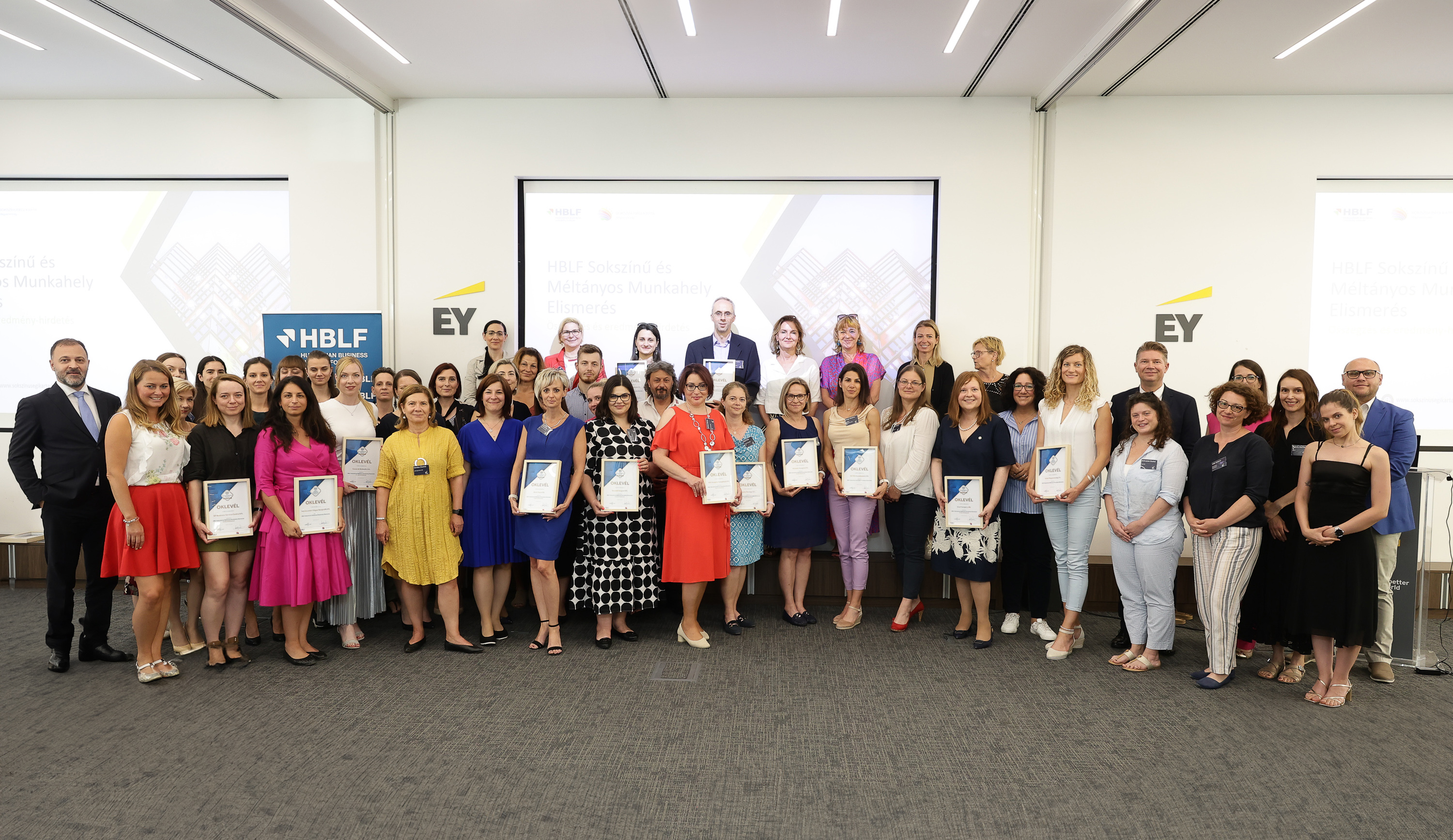Investment Market Entering Transitional Phase

The first 27,000 sqm phase of H2Offices by Skanska was sold last year to the Hungarian Erste Real Estate Fund, the third office transaction between the two parties. Colliers facilitated the deal.
High-end offices have traditionally been seen as a prize investment destination. However, as with other sectors, the market is going through a “price rediscovery” period with a gap between buyer and seller expectations that will continue throughout this year. At the same time, the imposition of ESG criteria represents a new era.
Despite these issues, the CEE-6 (Bulgaria, the Czech Republic, Hungary, Poland, Romania and Slovakia) still show investment potential, in the view of Colliers. Sellers are re-assessing their strategies and optimizing their portfolios to reflect the central importance of sustainability issues for all stakeholders.
“ESG compliance is becoming the market norm for investment transactions, reflecting a broader commitment to sustainability from all parties. However, given the current investment environment, the timing in terms of ESG costs is not ideal,” says Kevin Turpin, head of CEE capital markets at Colliers.
According to Colliers data, office was the most active CEE investment sector from 2018 to 2023, accounting for 41% ofthe investment volume, compared to 26% for industrial and 23% for retail.
Bence Vécsey, head of investment services at Colliers Hungary, estimates that, given the current environment, the total investment volume for Hungary for 2023 could be around EUR 500 million. Hungary represented about 10% of CEE-6 volumes from 2019 to 2023, with Poland the leading regional investment destination, with EUR 27 bln, the Czech Republic EUR 10.6 bln, Hungary EUR 5 bln and Romania EUR 4 bln.
Current yields for prime offices in Budapest stand at an estimated 6.25%. This provides a yield premium on Prague (with the lowest yields in the region) at 5.5%. Budapest has an office stock of 4.4 million sqm with a vacancy rate of 13%. Prime capital values for office are lower than in Poland and the Czech Republic, although significantly higher than in Romania and Slovakia. However, this is less than 50% of Germany, for example, according to Colliers.
Cushman & Wakefield recorded EUR 630 mln of investment volume for Hungary in 2023, representing a 43% fall in volume, year-on-year. Office was the most prominent sector, representing around 46% of the total. It has traditionally been the prime investment destination, although, in the present environment, available assets are not generally being purchased.
Hungary has long seen a high proportion of investment activity undertaken by domestic players. Analysts see domestic investors as increasingly active, capable of acting across the full range of traditional asset classes and risk profiles.
Domestic Players
For Hungary, the amount of domestic capital in the investment market in 2023 was 62%, while for the Czech Republic, the figure stood at 46%, and it was just 2% in Poland, where international investors dominate. Analysts now divide the funding sources in CEE between domestic national investors, “local” regional actors, and international players.
One of the most notable deals last year, facilitated by Colliers, was the acquisition of the first 27,000 sqm phase of H2Offices by the Hungarian Erste Real Estate Fund from Skanska. It was the third office transaction between the two parties.
“For an exit strategy, ESG has become a fundamental consideration, even for investors who had not prioritized it in the past, as it guarantees sustainable, low-risk operations,” comments Kata Mazsaroff, managing director of Colliers Hungary. “Notably, properties with ESG considerations also attract greater tenant interest, supporting stable cash flows.”
She says the H2O Offices deal “serves as a particularly good example of the sale of a modern office building with relatively high occupancy, satisfying both parties at an appropriate price and yield level.”
In another Budapest office investment transaction, Atenor sold the 15,500 sqm Breeam “Excellent” certified RoseVille office complex to BXR, a London-based fund that now has a presence in Hungary.
“We sold RoseVille to an international investment group with a Hungarian fund. The sale was quick and aligned with current market conditions. This was the first real estate acquisition by the group in Hungary, and we see it as positive that we have attracted new equity,” said Máté Galambos, director of leasing at Atenor Hungary.
Outside of the capital, GTC has sold the 22,000 sqm Forest Offices in Debrecen to the local city university, a rare office investment deal outside the capital.
Widening Gap
There is a widening gap in Budapest between new and sustainability-accredited offices and now outdated older stock. In reaction, some landlords are upgrading earlier-generation assets to meet today’s requirements. The renovation and redevelopment of such buildings can be a vehicle for the sale of a project to investors.
This is notably the case in the historical center of Budapest and what passes for its Central Business District, where there is a lack of suitably sized, well-located development sites. Europa Capital has delivered the Academia office center in partnership with ConvergenCE as asset manager after redeveloping the 12,500 sqm building. Five further office refurbishment projects are ongoing in the historic center by Wing and GTC.
A significant challenge for facility management is ensuring the transparency of operations. Appropriate data reporting, digital technologies and automation all help owners and tenants to demonstrate their compliance with regulations, financing requirements or to certificating agencies.
“From both the PM and FM sides, Icon believes in the future of the real estate market, and the office market in particular. From an investment perspective, the office market is still a low-risk, high-return area, but it requires efficient and professional management,” said Zsolt Kákosy, head of PM at Icon Real Estate Management.
“In my opinion, offices will remain viable development and investment options; however, more actions are needed. These are still achievable by examination, planning and procurement policies,” adds Petra Holy, head of office division at King Sturge Hungary.
“By following the EU Taxonomy, developers can make sure that assets still attract international and local investors. It cannot be overstated that real estate represents a long-term investment, subject to cyclical trends in the market,” she notes.
“While office buildings may currently appear less appealing compared to other real estate assets, we perceive this trend as transient, with valuable properties ultimately attracting appropriate investors. Nonetheless, it’s crucial to acknowledge that investors’ enthusiasm is also influenced by tenants’ demands for modern, efficient, and sustainable office spaces,” Holy concludes.
This article was first published in the Budapest Business Journal print issue of May 17, 2024.
SUPPORT THE BUDAPEST BUSINESS JOURNAL
Producing journalism that is worthy of the name is a costly business. For 27 years, the publishers, editors and reporters of the Budapest Business Journal have striven to bring you business news that works, information that you can trust, that is factual, accurate and presented without fear or favor.
Newspaper organizations across the globe have struggled to find a business model that allows them to continue to excel, without compromising their ability to perform. Most recently, some have experimented with the idea of involving their most important stakeholders, their readers.
We would like to offer that same opportunity to our readers. We would like to invite you to help us deliver the quality business journalism you require. Hit our Support the BBJ button and you can choose the how much and how often you send us your contributions.



.jpg)








